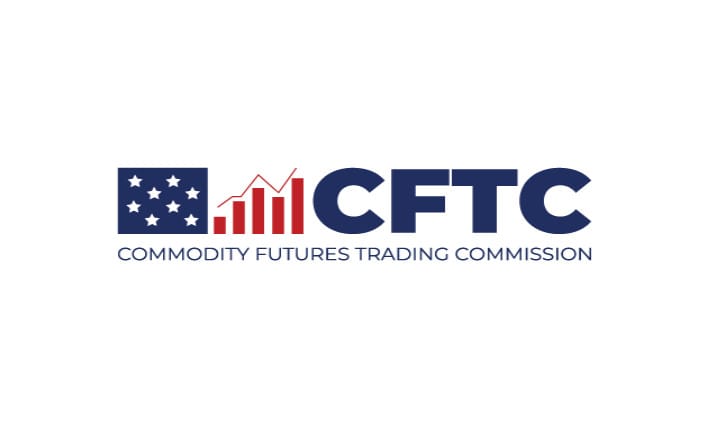SEC Alert! The SEC today adopted amendments to its rules to require registrants to disclose information reflecting the relationship between executive compensation actually paid by a registrant 7 the registrant’s financial performance.
SEC Alert! The SEC today adopted amendments to its rules to require registrants to disclose information reflecting the relationship between executive compensation actually paid by a registrant 7 the registrant’s financial performance. The rules implement a requirement mandated by the Dodd-Frank Act

Other commentary:
Statement on Final Rule Regarding Pay Versus Performance - Chair Gary Gensler
In 2010, Congress under the Dodd-Frank Act directed the Commission to provide clear disclosure to investors on the relationship between companies’ executive compensation actually paid and financial performance. We proposed a rule in 2015 to implement this provision and reopened the proposal in January of this year. With this adoption, the Commission today has fulfilled Congress’s mandate.
I am pleased that the final rule provides for new disclosures, describing which performance measures a company deems most important when determining what it pays executives. When we reopened the proposal, we asked about requiring companies to name and rank the five most important factors they used for this determination. Based on public comment, the final rule includes a more flexible requirement, allowing companies to disclose the three to seven most important measures in an unranked list.
I am also pleased that the final rule requires certain companies to provide a five-year history of pay versus performance-related metrics, with a shorter, three-year reporting requirement for smaller reporting companies. Companies will disclose several key performance metrics related to executive compensation. These key performance metrics include total shareholder return (TSR), peer group TSR, net income, and a measure specific to the company. In addition, companies will disclose two measures of the amount of compensation paid (the Summary Compensation Table total and the newly defined “compensation actually paid” total) to the principal executive officer (PEO) and, on average, to named executive officers (NEOs).
The Commission benefitted greatly from public comment on the proposal, and I thank the public for weighing in.
Statement on Pay versus Performance - Commissioner Jaime Lizárraga
A key factor driving the 2008 global financial crisis was the stark misalignment of incentives that led executives to take excessive, catastrophic risks. Congress initially addressed this problem by directing the U.S. Treasury Secretary to subject all recipients of taxpayer-assistance to executive compensation restrictions as a condition of such assistance.
The Dodd-Frank Act then addressed the absence of a disclosure standard by requiring the Commission to undertake today’s rulemaking, which will now bring much-needed transparency, comparability, and clarity into the relationship between executive compensation and a company’s financial performance.
Neither Pay nor Performance - Commissioner Hester M. Peirce
Today, the Commission adopts a sweeping and complex prescriptive approach that is not required under the statute. The Commission’s rule is a mish-mash of prescribed elements, including:
- five years of executive compensation and company performance data;- a complicated formula for determining compensation “actually paid” to the executive officers, including some metrics that most companies ordinarily would not calculate;- average compensation paid to all other named executive officers, regardless of whether their pay is tied to performance;- the company’s total shareholder return (“TSR”), peer group TSR, the company’s net income, and a company-selected financial performance measure;- and a separate tabular list of at least three (unless the company uses fewer than three) and up to seven performance measures, which may include non-financial performance measures.
Before adding on to what Congress required, the Commission should have done the analysis to show that the benefits generated by the add-ons would outweigh the costs. We did not do that here.
Today the Commission adopted a rule that provides investors with information about how corporate executives are paid. That is, quite simply, it. This rule does not regulate the way companies incentivize their executives, but rather the disclosures that companies are required to make about such compensation. More specifically, Pay Versus Performance disclosures give investors insight into how performance measures impact executive compensation, in order to allow investors to better understand how boards pay their company executives
For example, in 2010, more pay was based solely on financial measures such as profitability, revenues, and measures of cash flow. But, as several commenters noted, the underlying performance measures that are used to determine executive pay in today’s market for executive compensation encompass a broader mix – both quantitative and qualitative; financial and nonfinancial. Further, roughly 70% of executive pay plans consider nonfinancial measures, and these can include employee engagement, customer service, and safety. Investors and other stakeholders commented on this rule to assert that a complete picture of executive pay and performance would include disclosure of both financial and nonfinancial measures used by a registrant to pay executives.
Statement on the Final Rule Related to Pay Versus Performance - Commissioner Mark T. Uyeda
Section 953(a) of the Dodd-Frank Wall Street Reform and Consumer Protection Act (“Dodd-Frank Act”) requires the Commission to issue a rule requiring disclosure of information reflecting the relationship between executive compensation actually paid by a company and the company’s financial performance. Although this provision lacks a statutory deadline, it is unacceptable for more than twelve years to elapse before fulfilling a Congressional mandate.
However, no provision of the Dodd-Frank Act exempts the Commission from having to comply with the Administrative Procedure Act. Rather than taking the more appropriate route of re-proposing the pay versus performance rule with updated data and analysis, the Commission bypassed having an effective notice-and-comment process as required by the Administrative Procedure Act in favor of a procedural shortcut.


